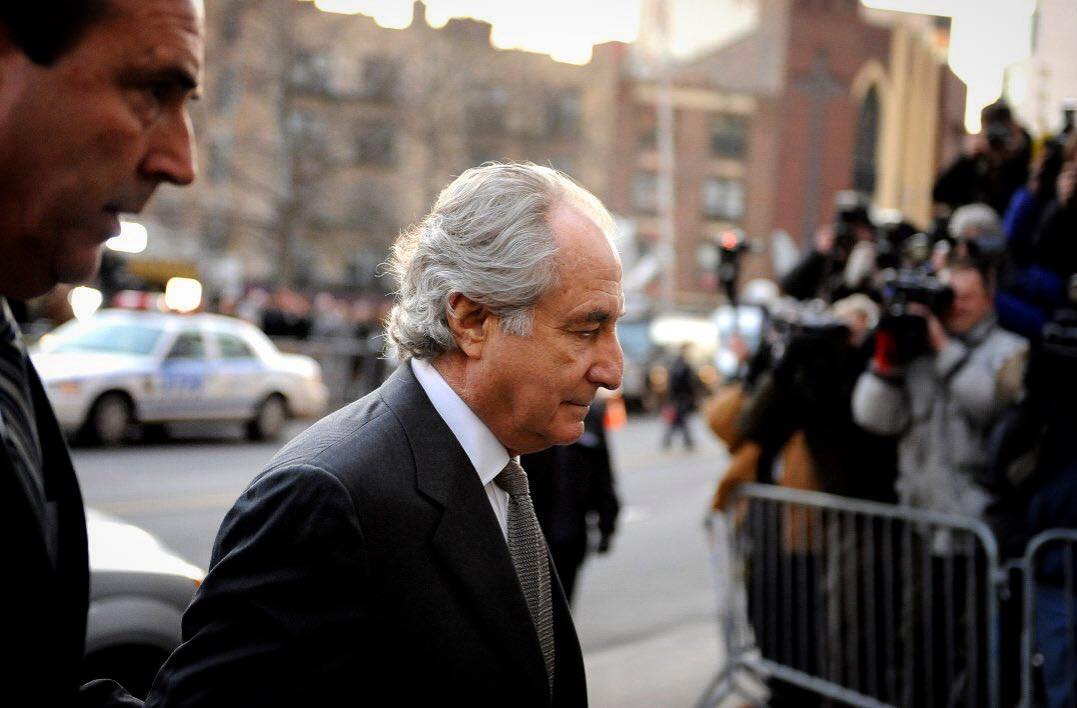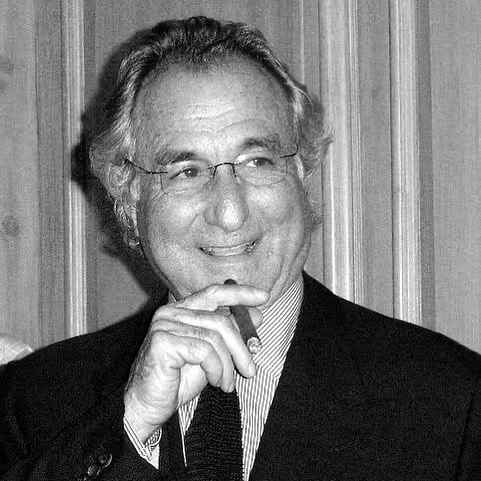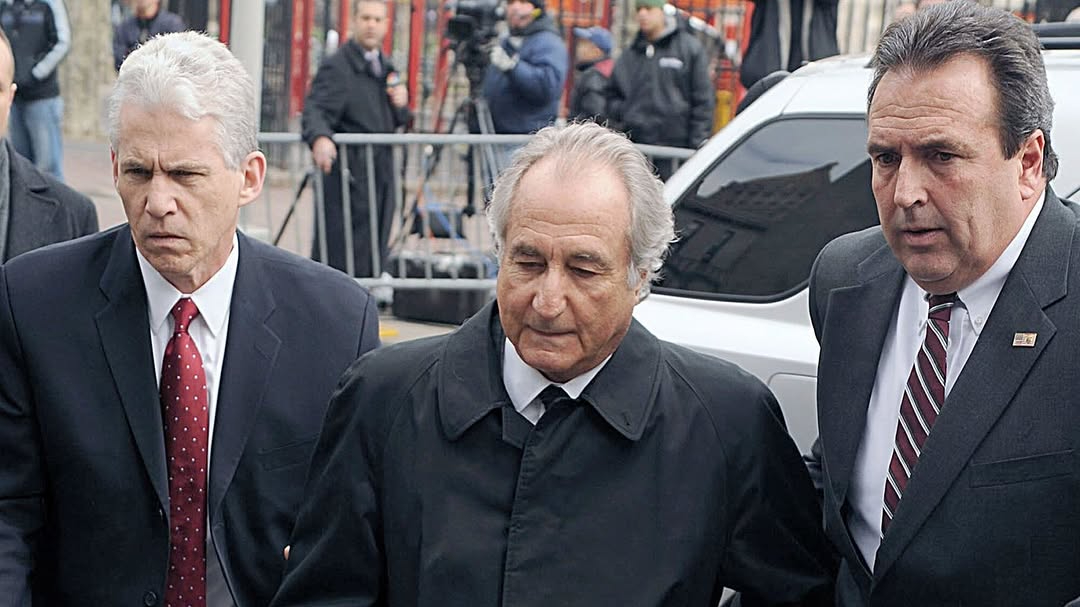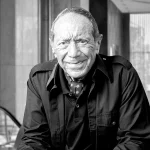The Madoff Saga Lives On: What the $1.1 B Legal Hit Reveals About Fraud Risk and Custody Liability
As of October 2025, Bernard L. Madoff’s legacy continues to send ripples through global finance: UK-based bank HSBC Holdings has just announced a $1.1 billion provision after a Luxembourg court rejected part of its appeal in a case tied to Madoff’s Ponzi scheme. This development underscores the enduring financial and legal after-effects of what remains the largest investment fraud in history.
From Respected Market Maker to Ponzi King
Starting in 1960, Bernard Madoff built what appeared to be a legitimate Wall Street outfit, Bernard L. Madoff Investment Securities LLC—and even served as chairman of the NASDAQ Stock Market. On its surface, the firm pioneered electronic trading and acquired a sterling reputation. Beneath that veneer, however, Madoff also operated a secret wealth-management business that was nothing more than a textbook Ponzi scheme.
The Illusion of Safe Returns
Madoff’s pitch was deceptively simple: consistent 10 % to 20 % annual returns, with almost no losing months, even as the market swung wildly. That consistency attracted high-net-worth individuals, celebrities and large institutions alike. He claimed to use a complex “split-strike conversion” strategy involving blue-chip stocks and options. In reality, as the eventual trustee found, no real trading occurred.
Client funds simply rolled into a central bank account at Chase Manhattan and, whenever a redemption request came in, new investor money was used to pay earlier shareholders. The highly polished monthly statements were fabricated, and a trusted inner circle kept the deception alive for years.

2008: The Collapse That Shook Wall Street
The scheme collapsed in December 2008 when the global financial crisis forced massive redemption requests, around $7 billion—which Madoff couldn’t meet. That day, Madoff confessed to acting as a fraud and was arrested. He ultimately pled guilty to 11 federal felony counts and was sentenced to 150 years in prison. Madoff died in 2021 at age 82.
The Scale of the Disaster
-
Fictional client account statements totalled roughly $65 billion.
-
Real net losses (investor cash in minus cash out) were about $17.5 billion.
-
The network of feeder funds and global custodians enabled the scheme to persist for decades.
Feeder Funds, Custodians and Institutional Exposure
The plumbing of the scheme included feeder funds that pooled wealth from smaller investors and directed it to Madoff’s operation. They charged fees yet failed to perform genuine due diligence. Meanwhile, large financial institutions served as custodians or administrators, which brings us to the latest news:
Legal & Financial Fallout: Why It Still Matters
The recent ruling in Luxembourg may seem arcane, but it highlights two critical issues for modern finance: custody liability and institutional risk.
-
HSBC has been ordered to set aside $1.1 billion after its Luxembourg arm lost a portion of its appeal in a case brought by a feeder fund linked to Madoff clients. Reuters+1
-
Legal expert Lisa Bloom noted in commentary that “event organisers and custodial institutions assume a duty of care; when that fails, the liability risk is real.”
-
According to analysis reviewed by CEO Today, this episode signals how legacy frauds remain live financial hazards for banks and asset managers, years after the original wrongdoing.

The Regulatory Blind Spot
Despite multiple warnings from whistleblower Harry Markopolos— who first alerted the U.S. Securities and Exchange Commission (SEC) in 2000—Madoff’s fraud went unchecked for more than a decade. The SEC repeatedly failed to verify trades with third-party clearing firms, focusing instead on irrelevant issues. The case exposed the limits of regulation and the dangers of complacency.
What Applies to Business Leaders Today
-
Due diligence always matters: Even highly-trusted institutions can hide a house of cards.
-
Custody risk is real: Firms providing administration or custody services may be exposed long after the fact.
-
Transparency beats trust: Consistently high returns in a volatile market should always raise questions.
-
Regulation is the floor, not the ceiling: Firms must build internal controls that go beyond minimum requirements.
A Legacy of Recovery
The trustee responsible for liquidating Madoff’s estate, Irving H. Picard, has recovered more than $15 billion for defrauded clients. Reuters The efforts continue through claw-back litigation against so-called “net winners” and untangling complex institutional links.
Conclusion: The Fraud That Never Really Ended
Though Madoff’s scheme collapsed in 2008, its financial and legal after-shocks are still unfolding. From billions in recoveries to banks setting aside serious provisions, the legacy of that grand deception remains a warning to every executive. In a world of complex financial instruments and opaque structures, the Madoff saga reminds us that governance, transparency and integrity are timeless assets.
Unanswered Questions from the World’s Biggest Ponzi Scheme
1. How much money have Madoff’s victims recovered so far?
As of 2025, court-appointed trustee Irving Picard has recovered and distributed over $15 billion to investors, representing one of the most successful clawback efforts in financial history.
2. Why is HSBC still paying for Madoff’s fraud?
HSBC recently set aside $1.1 billion after a Luxembourg court ruling tied to its custodial role in Madoff-linked feeder funds — proving that institutional liability can last decades after a fraud collapses.
3. Could another Madoff-style scandal happen today?
Experts warn it’s still possible. Despite stronger compliance rules and AI-driven fraud detection, overreliance on reputation and weak auditing can allow similar schemes to slip through the cracks.













